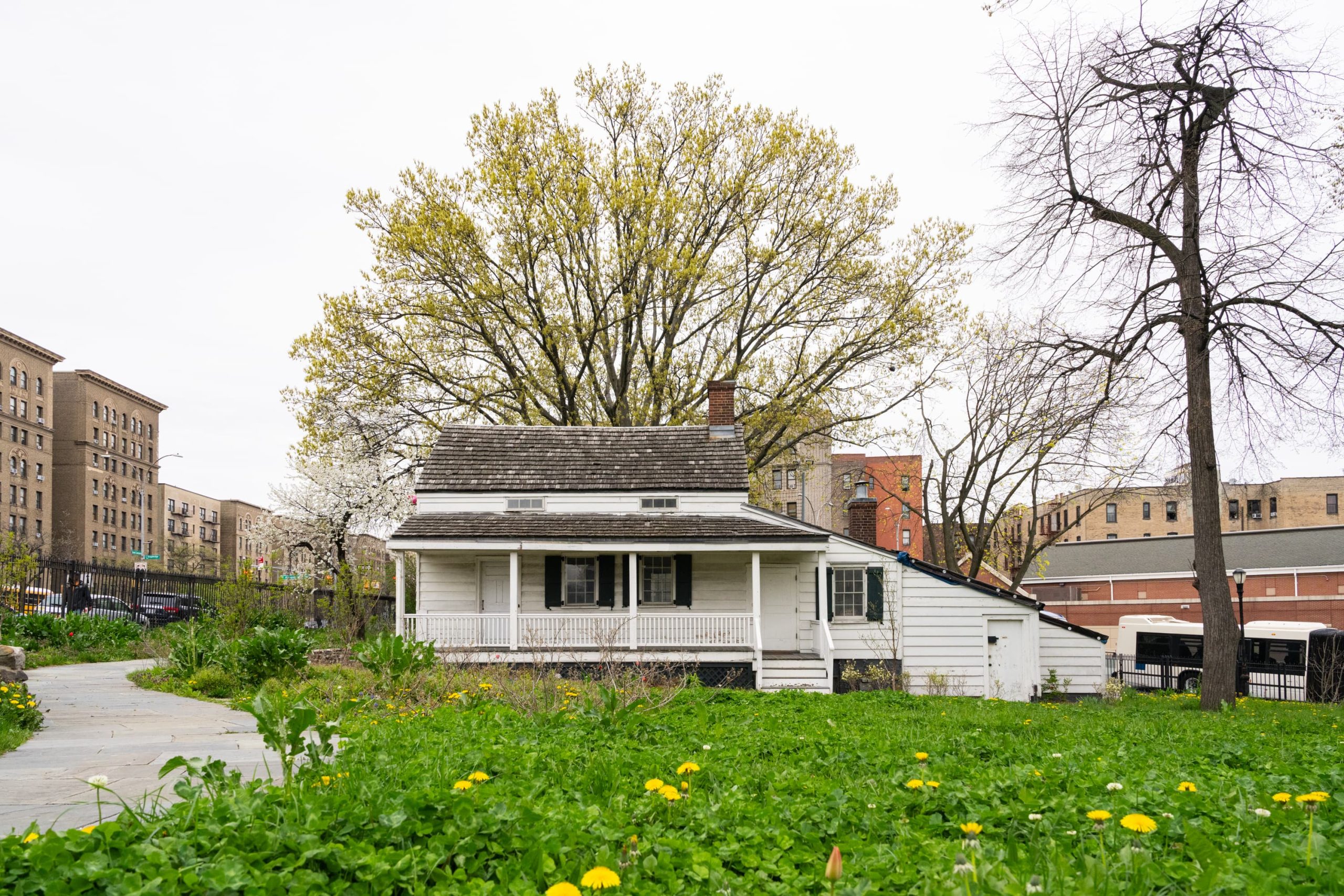Why The Sustainable Investment Craze Is Flawed
The failed promise of funds guided by environmental, social and governance principles.
The financial industry has spotted an opportunity to make money by helping people feel good about themselves. Despite claims to the contrary, these investments don’t do much to make the world a better place.
ESG funds, as they are known, promise to invest in companies with better environmental, social and governance attributes, to save the planet, improve worker conditions or, in the case of the U.S. Vegan Climate ETF, prevent animals from being eaten.
Money has poured into ESG funds as noisy lobby groups push pension funds, university endowments and some central banks to shift their investments. The United Nations-supported Principles for Responsible Investment says signatories have $121 trillion of assets under management; even assuming lots of double-counting, that is most of the world’s managed money.
Over the next few weeks, Streetwise will explore the explosion of ESG investing and why I think it is mostly—but not completely—a waste of time. I will also offer up some solutions and discuss how to use your money to make a difference, while understanding the inevitable trade-offs.
ESG supporters can point to what look like successes: Their pressure has encouraged many companies to sell off dirty power plants, mines and, in the case of Anglo-Australian miner BHP, its oil business. It has even forced board changes at Exxon Mobil.
Sadly, selling off assets or shares by itself does nothing to save the planet, because someone else bought them. Just as much oil and coal is dug up and burned as before, under different ownership. And there are plenty of people out there to buy the assets, because never before in history has there been so much private capital operating without the public reporting requirements brought by stock markets.
Rich people who want to make the world greener could make a difference, by buying and closing dirty businesses even when they are profitable. So far, though, this hasn’t happened in any significant way. The pitch from Wall Street fund managers is the exact opposite—that by going green investors can change the world and make more money, not less.
“A lot of [clients] only really get enthusiastic if they get comfortable that they are not sacrificing return,” says Valentijn van Nieuwenhuijzen, chief investment officer at fund manager NN IP, which is being bought by Goldman Sachs.
Someone has to take a loss somewhere if fossil fuels are going to be left in the ground rather than extracted and sold. ESG investors’ hope is that the losses will fall on other people. The problem is that less environmentally-minded investors buying those shares, oil wells or power plants are absolutely not going to shut them down unless they stop being profitable.
It might make sense for an investor or company to sell out of fossil fuels early if they think the retreat from coal and oil is inevitable—indeed, that was the pitch by the activist who took on Exxon—but that is simply to invest according to a political prediction, not a way to fight climate change.
Some of the biggest sources of fossil fuels are immune to shareholder pressure anyway. Much of the world’s oil is pumped by government-controlled companies, led by Saudi Arabia and Russia. Exxon can be forced to change its approach, but the global supply of oil is still determined by OPEC, as President Biden’s appeal to the cartel to pump more to keep fuel prices down has demonstrated.
There are three big pro-ESG arguments, which sound reasonable, but have major flaws.
First, if companies treat the environment, workers, suppliers and customers better, it will be better for business. This could work where companies have missed something to boost profits, such as add solar panels on a sunny roof or create a better employee retention program. Early ESG activists plucked the low-hanging fruit here, but management has become painfully aware of changing customer and employee expectations, so there is less opportunity ahead.
Adding costs to reduce a company’s carbon footprint, or paying staff more, should only help the stock price if it also raises revenue or reduces other costs, by say generating more loyalty from carbon-conscious consumers, lowering staff turnover or improving relations with regulators.
Otherwise profits can only be maintained by passing the higher costs through into higher prices, and—unless the firm has monopoly power—eventually customers who don’t care will go elsewhere. The alternative is to reduce profits, but ESG investors are almost universally against this.
The second ESG point is that by shunning stocks or bonds of dirty companies, and embracing those of clean companies, it will direct capital away from bad things and toward good ones. After all, a lower stock price or higher borrowing cost in the bond market should make it less attractive for dirty companies to expand, and vice versa for clean companies.
In practice, there has been a very weak link between the cost of capital and overall corporate investment for at least a couple of decades. Small changes in the cost of capital pale in comparison to the risk and return projections of a new project.
That is not to say there is no link. Tesla, with extremely expensive shares, has repeatedly taken advantage of its ability to issue new stock to invest in factories and research. The high prices early last year for clean-energy stocks might have encouraged similar corporate investment. The flip side of course is that buying wildly overpriced shares isn’t a good way to make money, as losses of a third or more from this year’s peaks for clean-energy stocks shows. Shifting the cost of capital just might help save the planet, but after the short-term shift in valuations is over, it should lead to underperformance.
The third claim from some ESG investors is that they are just trying to make money, and that involves shunning firms that are taking unpriced risks with the environment, workers or customers. Since they call themselves “sustainable” or use “ESG integration,” funds doing this look very like the rest of the ESG industry. The selection principle of the most popular ESG indexes, for instance, those from MSCI, involves identifying only risks that are financially material.
I would say, sure. If you think the government is going to, say, raise fuel taxes, don’t buy manufacturers of gas-guzzlers. If you think the government will impose more restrictions on coal plants, then coal generation will be an even less attractive investment.
Equally, if you think customers will be willing to pay more for brands that cut their carbon use, by all means, bet on their shares. Just don’t fool yourself that you are making much difference to the world with your investment decision. Red-blooded capitalists chase these profits just as much as any green-minded investor. There is no need to try to persuade capitalists to have a conscience; they will do what you want if you make it profitable via customer demands or government intervention (or, if we are lucky, new technology).
There is one way that ESG investing does, sort of, work. Shareholders can push companies to stop lobbying governments in favour of fossil fuels. Conceivably this might help push customers and governments to do the things that would really make a difference.
My big concern about ESG investing is that it distracts everyone from the work that really needs to be done. Rather than vainly try to direct the flow of money to the right causes, it is simpler and far more effective to tax or regulate the things we as a society agree are bad and subsidize the things we think are good. The wonder of capitalism is that the money will then flow by itself.
Reprinted by permission of The Wall Street Journal, Copyright 2021 Dow Jones & Company. Inc. All Rights Reserved Worldwide. Original date of publication: January 23, 2022.
 Copyright 2020, Dow Jones & Company, Inc. All Rights Reserved Worldwide. LEARN MORE
Copyright 2020, Dow Jones & Company, Inc. All Rights Reserved Worldwide. LEARN MORE
This stylish family home combines a classic palette and finishes with a flexible floorplan
Just 55 minutes from Sydney, make this your creative getaway located in the majestic Hawkesbury region.
An original watercolour illustration for the cover of Harry Potter and the Philosopher’s Stone, 1997 — the first book in J.K. Rowling’s hit series—could sell for US$600,000 at a Sotheby’s auction this summer.
The illustration is headlining a June 26 sale in New York that will also feature big-ticket items from the collection of the late Dr. Rodney P. Swantko, a surgeon and collector from Indiana, including manuscripts by poet Edgar Allan Poe and Arthur Conan Doyle, author of the Sherlock Holmes books
The Harry Potter illustration, which introduced the young wizard character to the world, is expected to sell for between US$400,000 to US$600,000, which would make it the highest-priced item ever sold related to the Harry Potter world. This is the second time the illustration has been sold, however—it was on the auction block at Sotheby’s in London in 2001, where it achieved £85,750 (US$107,316).
The artist of the illustration, Thomas Taylor, was 23 years old at the time and a graduate student working at a children’s bookshop. According to Sotheby’s, Taylor took a “professional commission from an unknown author to visualise a unique wizarding world,” Sotheby’s said in a news release. He depicted Harry Potter boarding the train to Hogwarts on platform9 ¾ platform, and the illustration became the “universal image” of the Harry Potter series, Sotheby’s said.
“It is exciting to see the painting that marks the very start of my career, decades later and as bright as ever! It takes me back to the experience of reading Harry Potter for the first time—one of the first people in the world to do so—and the process of creating what is now an iconic image,” Taylor said in the release.
Meanwhile, to commemorate the 175th anniversary of Edgar Allan Poe’s For Annie , 1849, Sotheby’s recently reunited the autographed manuscript of the poem with the author’s home, Poe Cottage, in the Bronx.
The cottage is where the author lived with his wife, Virginia, and mother-in-law, Maria Clemm, from 1846 until he died in 1849. The manuscript, also from the Swantko collection, will remain at the home until it is offered at auction at Sotheby’s on June 26 with an estimate between US$400,000 and US$600,000.

Matthew Borowick for Sotheby’s
Poe Cottage, preserved and overseen by the Bronx County Historical Society, is home to many of the author’s famous works, including Eureka , 1948, and Annabel Lee , 1927.
“To reunite the For Annie manuscript with the Poe Cottage nearly two centuries after it was first composed brought to life literary history for a truly special and unique occasion,” Richard Austin , Sotheby’s Global Head of Books & Manuscripts, said in a news release.
For Annie was one of Poe’s most important compositions, and was addressed to Nancy “Annie” L. Richmond, one of the several women Poe pursued after his wife Viriginia’s death from tuberculosis in 1847.
In a letter to Richmond herself, Poe proclaimed For Annie was his best work: “I think the lines For Annie much the best I have ever written.”
The poem was composed in 1849, only months before Poe’s death, Sotheby’s said in the piece, Poe highlights the romantic comfort he feels from a woman named Annie while simultaneously grappling with the darkness of death, with lines like “And the fever called ‘living’ is conquered at last.”

Matthew Borowick for Sotheby’s
In the margins of the manuscript are the original handwritten instructions by Nathaniel P. Willis, co-editor of the New York Home Journal, where Poe published other poems such as The Raven and submitted For Annie on April 20, 1849.
Willis added Poe’s name in the top right and instructions about printing and presenting the poem on the side. The poem was also published in the Boston Weekly that same month.
Another piece of literary history included in the Swantko sale could surpass US$1 million. Conan Doyle’s autographed manuscript of the Sherlock Holmes tale The Sign of Four , 1889, is estimated to achieve between US$800,000 and US$1.2 million.
This stylish family home combines a classic palette and finishes with a flexible floorplan
Consumers are going to gravitate toward applications powered by the buzzy new technology, analyst Michael Wolf predicts























